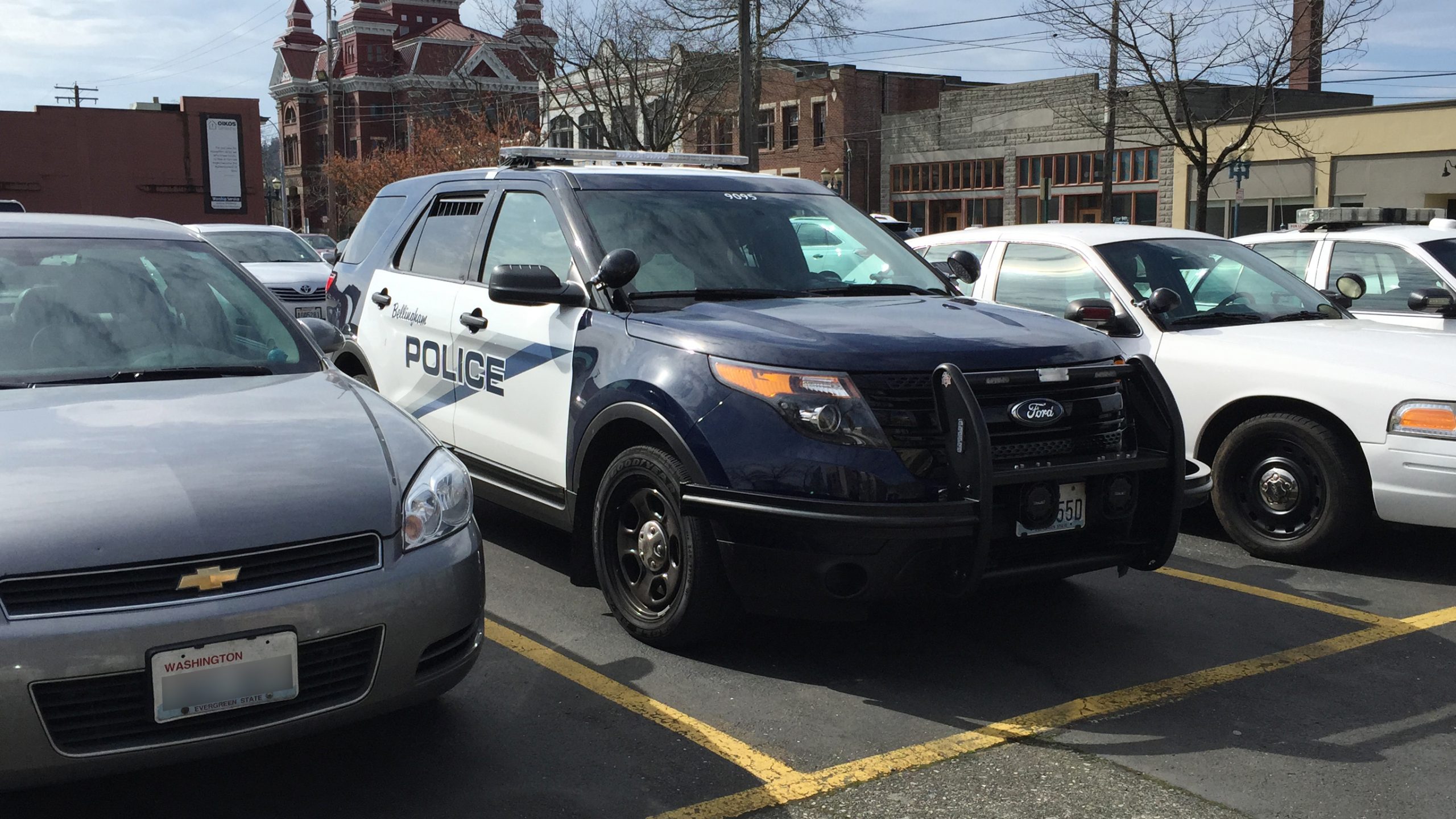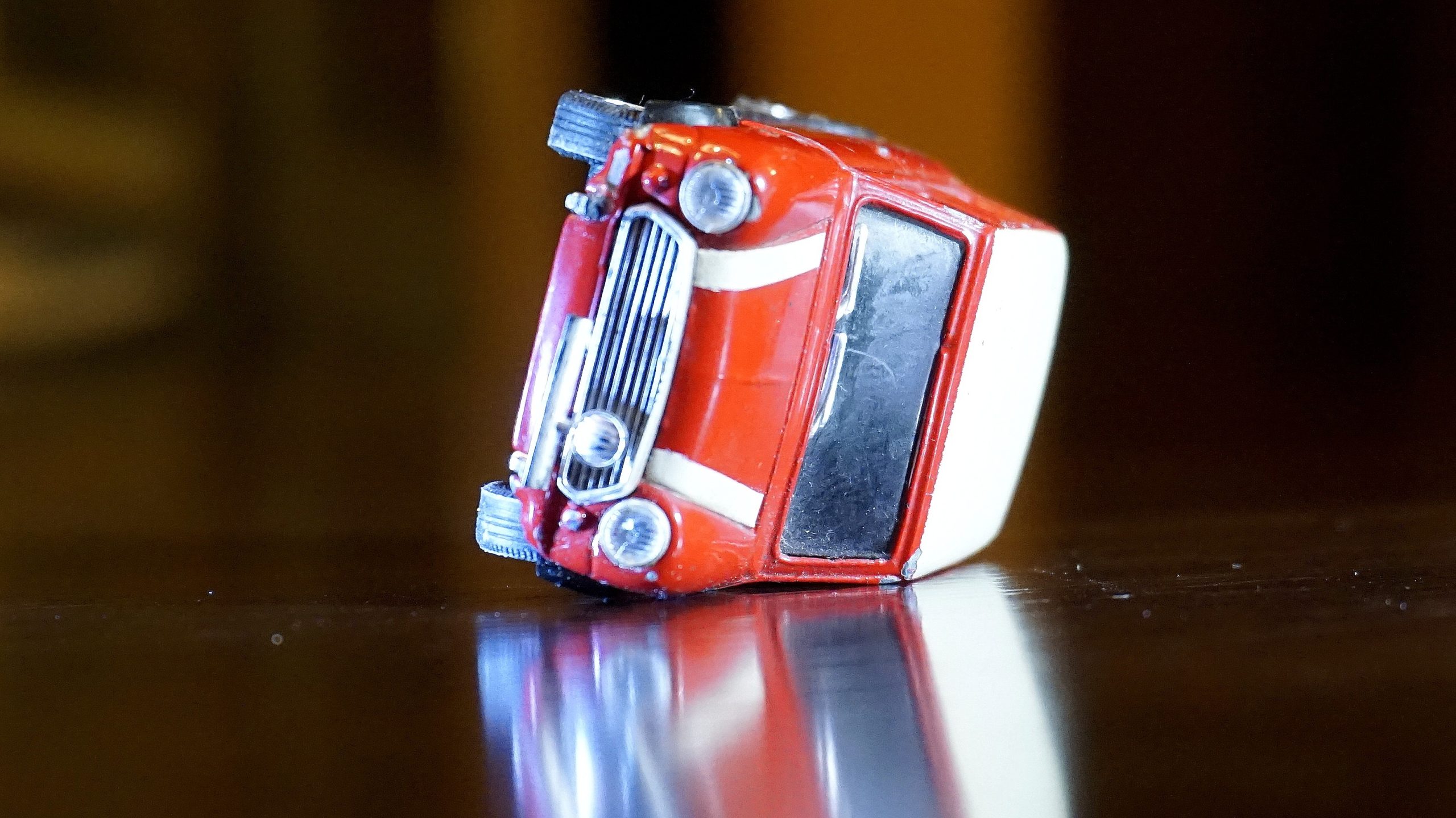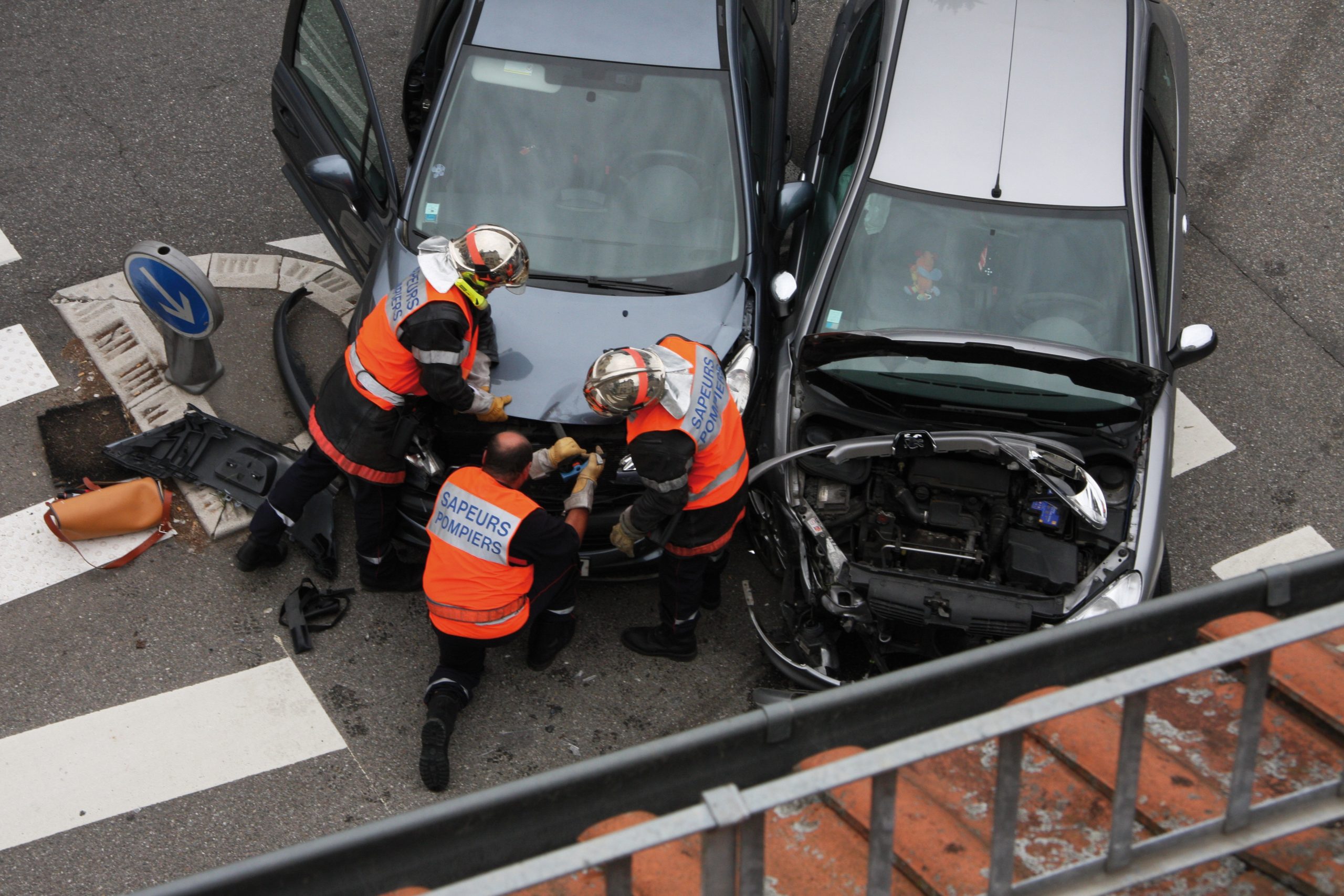 Bringing a lawsuit against one’s employer can be a daunting prospect, particularly when fears of retaliation loom large. However, it is essential to recognize that federal law offers safeguards to employees who pursue legal action under Title VII, including cases involving claims of sexual harassment. By delving into the provisions outlined in 42 U.S.C. § 2000–3(a), we gain insight into the protective measures afforded to individuals in such circumstances. It is important to note, however, that having previously filed a lawsuit related to sexual harassment does not automatically shield an employee from potential adverse employment consequences.
Bringing a lawsuit against one’s employer can be a daunting prospect, particularly when fears of retaliation loom large. However, it is essential to recognize that federal law offers safeguards to employees who pursue legal action under Title VII, including cases involving claims of sexual harassment. By delving into the provisions outlined in 42 U.S.C. § 2000–3(a), we gain insight into the protective measures afforded to individuals in such circumstances. It is important to note, however, that having previously filed a lawsuit related to sexual harassment does not automatically shield an employee from potential adverse employment consequences.
In the case of Jennifer Paul, a correctional officer at the Elayn Hunt Correctional Center, her experience sheds light on the intricate interplay between prior lawsuits, retaliation, and the burden of proof required to establish a causal link. As we examine the complexities of her situation, we delve into the multifaceted nature of employment law and the need for legal counsel to navigate potential claims against employers.
Jennifer Paul was a correctional officer at the Elayn Hunt Correctional Center (“Hunt”) in St. Gabriel, Louisiana. While working there, she filed a lawsuit against Hunt, claiming that other correctional officers had sexually harassed her. She received a confidential settlement and returned to her position.
 Insurance Dispute Lawyer Blog
Insurance Dispute Lawyer Blog


 Divorce, though unpleasant in the short term, allows families to rearrange their relationship to better serve the interests of all parties. One primary consideration in any divorce is the children. The children’s health, safety, and well-being becomes a key concern for both the families and the courts when a family enters into a divorce. When parents get divorced, the court determines who assumes the tutorship of the child. The parent who is awarded this tutorship assumes all of the rights and responsibilities of raising the child, including the right to file a lawsuit in the child’s name.
Divorce, though unpleasant in the short term, allows families to rearrange their relationship to better serve the interests of all parties. One primary consideration in any divorce is the children. The children’s health, safety, and well-being becomes a key concern for both the families and the courts when a family enters into a divorce. When parents get divorced, the court determines who assumes the tutorship of the child. The parent who is awarded this tutorship assumes all of the rights and responsibilities of raising the child, including the right to file a lawsuit in the child’s name.  All relevant evidence in a case should be produced at trial. However, the evidence included in a complete record can be subjective. Thus, the parties to a lawsuit should rely on the court’s definition of what a complete medical record consists of.
All relevant evidence in a case should be produced at trial. However, the evidence included in a complete record can be subjective. Thus, the parties to a lawsuit should rely on the court’s definition of what a complete medical record consists of.  In some cases, mistakes in following procedure can harm a plaintiff’s cause of action even if the case otherwise may be successful on the merits. For example, legal malpractice cases in Louisiana must be filed within one year from when the plaintiff knew or should have known that malpractice had occurred. A recent case out of the Parish of East Baton Rouge has outlined when a plaintiff is considered to have some notice of legal malpractice.
In some cases, mistakes in following procedure can harm a plaintiff’s cause of action even if the case otherwise may be successful on the merits. For example, legal malpractice cases in Louisiana must be filed within one year from when the plaintiff knew or should have known that malpractice had occurred. A recent case out of the Parish of East Baton Rouge has outlined when a plaintiff is considered to have some notice of legal malpractice.  When you receive a final judgment from the trial court, you focus on the case’s outcome. However, if you want to appeal that judgment, it is essential to understand what language is needed in the final judgment to appeal it. If this language is not included, you might be in a situation similar to Marvin Beaulieu, whose appeal was dismissed.
When you receive a final judgment from the trial court, you focus on the case’s outcome. However, if you want to appeal that judgment, it is essential to understand what language is needed in the final judgment to appeal it. If this language is not included, you might be in a situation similar to Marvin Beaulieu, whose appeal was dismissed. Insurance claims can be tricky, especially when multiple parties and contracts are involved. What happens, for example, when one insurance company claims they are not responsible for payment after a catastrophic event resulting in lost lives? The following Terrebonne Parish case follows this exact scenario.
Insurance claims can be tricky, especially when multiple parties and contracts are involved. What happens, for example, when one insurance company claims they are not responsible for payment after a catastrophic event resulting in lost lives? The following Terrebonne Parish case follows this exact scenario.  Random drug testing is common practice for certain jobs. What remedy does a police officer have when he takes a morphine pill for pain and is randomly selected for a drug test the following day when he comes into work?
Random drug testing is common practice for certain jobs. What remedy does a police officer have when he takes a morphine pill for pain and is randomly selected for a drug test the following day when he comes into work? Simple driving accidents happen every day due to lapses in inattention. The results of these lapses can have devastating consequences. Whose is at fault in an accident when both parties were less than perfect in assessments of dangers on the road? The subsequent lawsuit from Louisiana shows how a court will determine how much fault each party bears for an accident and adjust damages based on that outcome.
Simple driving accidents happen every day due to lapses in inattention. The results of these lapses can have devastating consequences. Whose is at fault in an accident when both parties were less than perfect in assessments of dangers on the road? The subsequent lawsuit from Louisiana shows how a court will determine how much fault each party bears for an accident and adjust damages based on that outcome. If you have ever been involved in an accident, you know it can be challenging to deal with multiple parties. From the other vehicle’s driver to numerous insurance companies, knowing who to contact can often seem impossible. This becomes even more difficult when navigating the workers’ compensation system.
If you have ever been involved in an accident, you know it can be challenging to deal with multiple parties. From the other vehicle’s driver to numerous insurance companies, knowing who to contact can often seem impossible. This becomes even more difficult when navigating the workers’ compensation system.  Nobody likes insurance policies or divorce. Both can be extremely messy and full of legal jargon. Megan Daigle experienced this firsthand as her divorced parents’ insurance did not cover everything they hoped for.
Nobody likes insurance policies or divorce. Both can be extremely messy and full of legal jargon. Megan Daigle experienced this firsthand as her divorced parents’ insurance did not cover everything they hoped for.